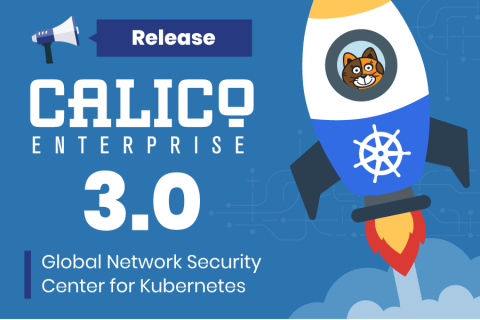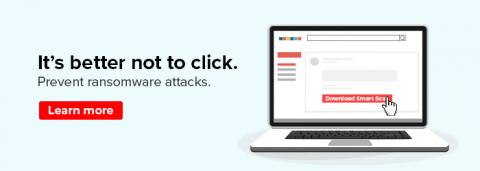What is MIME in Network Security?
MIME (abbreviation for Multipurpose Internet Mail Extentions) is a worldwide standard introduced in 1991. In this article, we will discuss what it is and why it is important. As the technology introduces new ways to communicate and conduct business, our business operations become much more reliant on the data transfer and the Internet itself.











